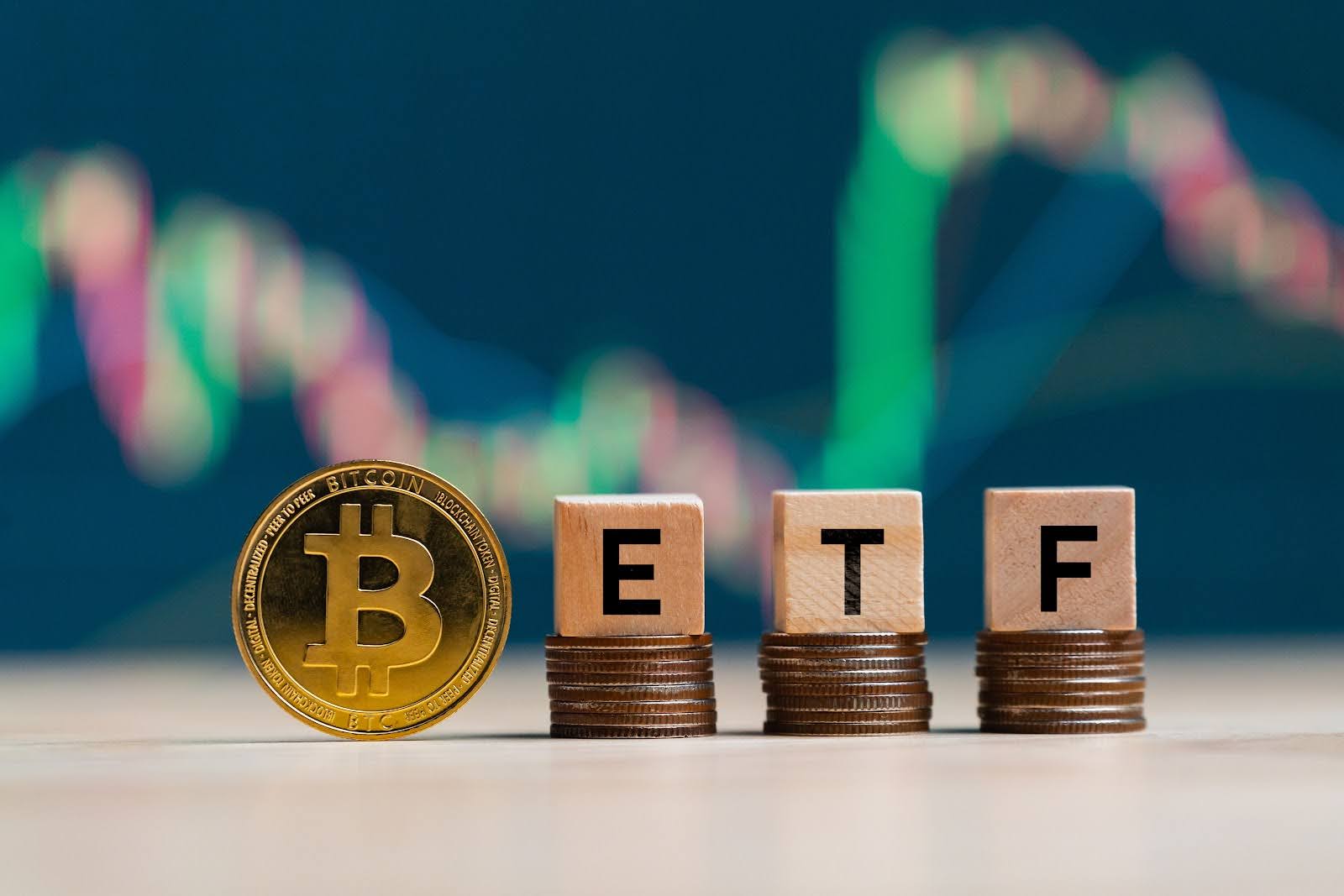After April Surge, Bitcoin ETFs Enter Cooling Phase With Modest Gains
13.05.2025 17:00 1 min. read Alexander Stefanov
After weeks of intense institutional activity that helped push Bitcoin above $100,000, inflows into U.S. spot Bitcoin ETFs took a breather between May 6 and May 12.
The latest figures reflect a transition from aggressive accumulation to measured consolidation, as investors recalibrate following a record-setting April.
Net flows during the period were mixed, starting with a sharp $85.7 million outflow on May 6 and ending with a mild inflow of just $5.2 million on May 12. Despite this slowdown, Bitcoin’s price steadily climbed from around $96,800 to over $104,000, suggesting investor confidence remains intact even as ETF momentum momentarily softens.
Rather than signaling a retreat, the tapered flows appear to be part of a natural pause. With BTC hovering near a psychologically significant level, some short-term holders may be taking profits while others are opting to wait before entering at higher valuations.
Analysts view this period less as a pullback and more as a digestion phase, especially after the sharp inflows seen throughout late April. The underlying demand has not vanished—it has simply moderated.
The next phase may hinge on Bitcoin’s ability to hold its ground above $100K. While large inflows have cooled, continued net-positive activity, even at lower volumes, could help sustain upward momentum. If institutional buying fails to pick up again soon, however, price stability may become more fragile in the short term.
-
1
Blockchain Group Bets Big on Bitcoin With Bold €300M Equity Deal
09.06.2025 22:00 2 min. read -
2
Bitcoin to Track Global Economy, Not Dollars, Says Crypto Expert
09.06.2025 18:00 2 min. read -
3
BlackRock’s Bitcoin ETF Breaks Into Top 15 Most Traded ETFs of 2025
12.06.2025 18:00 2 min. read -
4
Bank of America Compares Bitcoin to History’s Most Disruptive Inventions
17.06.2025 14:00 1 min. read -
5
Bitcoin on a Path to $1 Million as Wall Street Embraces Digital Gold – Mike Novogratz
14.06.2025 19:00 1 min. read
Bitcoin Averages 37% Rebound After Crises, Binance Research Finds
Despite common fears that global crises spell disaster for crypto markets, new data from Binance Research suggests the opposite may be true — at least for Bitcoin.
Bitcoin Mining Faces Profit Crunch, But No Panic Selling
A new report by crypto analytics firm Alphractal reveals that Bitcoin miners are facing some of the lowest profitability levels in over a decade — yet have shown little sign of capitulation.
Bitcoin Hashrate Declines 3.5%, But Miners Hold Firm Amid Market Weakness
Bitcoin’s network hashrate has fallen 3.5% since mid-June, marking the sharpest decline in computing power since July 2024.
Bitcoin Surpasses Alphabet (Google) to Become 6th Most Valuable Asset Globally
Bitcoin has officially overtaken Alphabet (Google’s parent company) in global asset rankings, becoming the sixth most valuable asset in the world, according to the latest real-time market data.
-
1
Blockchain Group Bets Big on Bitcoin With Bold €300M Equity Deal
09.06.2025 22:00 2 min. read -
2
Bitcoin to Track Global Economy, Not Dollars, Says Crypto Expert
09.06.2025 18:00 2 min. read -
3
BlackRock’s Bitcoin ETF Breaks Into Top 15 Most Traded ETFs of 2025
12.06.2025 18:00 2 min. read -
4
Bank of America Compares Bitcoin to History’s Most Disruptive Inventions
17.06.2025 14:00 1 min. read -
5
Bitcoin on a Path to $1 Million as Wall Street Embraces Digital Gold – Mike Novogratz
14.06.2025 19:00 1 min. read


